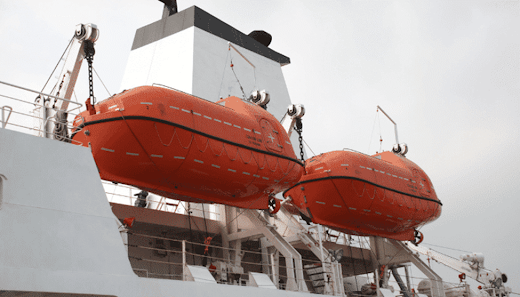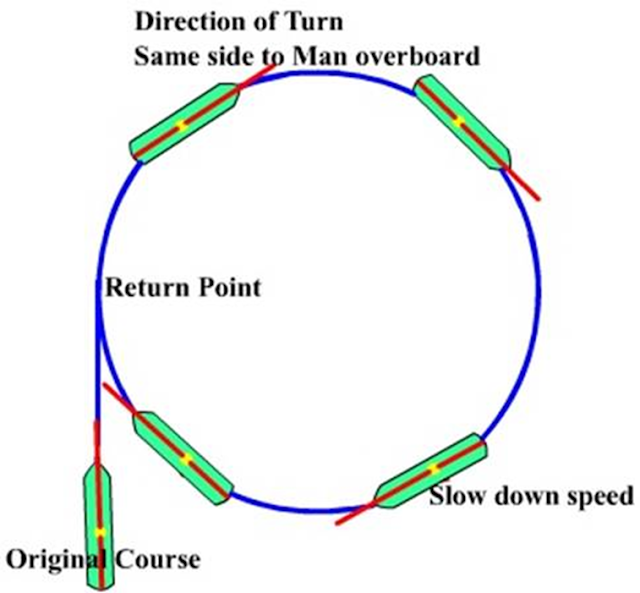#5 HOW TO SAFELY BEACH A LIFE BOAT?

A recent grounding incident of a ship turned out to be fatal as the master declared “Abandon-Ship”. Though the decision to abandon the ship was, some say, dubious; it was nevertheless a-moment-of-panic and given the conditions the only chance to survive. Subsequently, as the crew managed to get away from the wretched ship, the fate had its own plans; the lifeboat which was carrying the survivors capsized under steep breakers and heavy surfs, while they tried ‘beaching’ it. Except a few crew members who went missing in the bad weather conditions, others found themselves extremely lucky to be alive. Beaching a life boat in good weather seems doable, although a bit tricky, but when it is to be done in a bad and inclement weather, it is a nightmare. A boat can easily be toppled over its broad side when approaching dangerous breakers and surfs near the shore, if not handled skillfully and of course, with a lot of patience. That’s what exactly happened to the folks in the life boat who w


